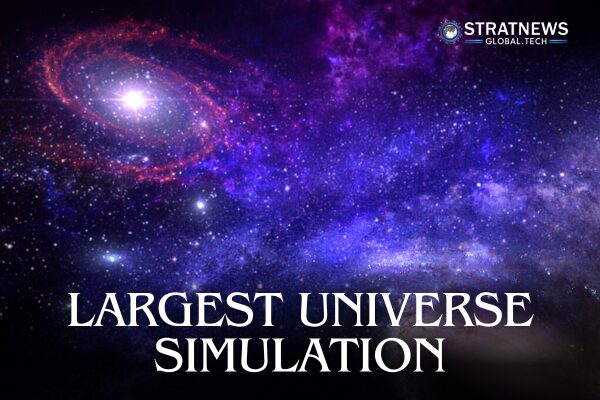Largest-Ever Universe Simulation Released by Euclid Consortium
The Euclid Consortium, the international team behind the European Space Agency’s Euclid space telescope, has released the most extensive simulation of the universe ever created. Known as Flagship 2, it maps 3.4 billion galaxies and tracks the gravitational effects of over 4 trillion particles.
Building the Virtual Universe
Flagship 2 is based on an algorithm developed by astrophysicist Joachim Stadel from the University of Zurich. In 2019, he ran the calculations on the Piz Daint supercomputer, which at the time ranked as the world’s third most powerful. The result is an exceptionally detailed digital model of the universe, giving scientists a tool to test theories and prepare for real observations.
“These simulations are crucial for preparing the analysis of Euclid’s data,” said astrophysicist Julian Adamek, also from the University of Zurich. The simulations allow researchers to anticipate results and speed up the processing of the telescope’s enormous datasets.
The Role of the Euclid Space Telescope
Since its launch in 2023, Euclid has been mapping billions of galaxies to study dark matter and dark energy. It will eventually cover about one-third of the night sky. With such a vast mission, the telescope produces an immense amount of information. Flagship 2 serves as a benchmark, enabling scientists to compare real observations with theoretical predictions.
Although researchers expect Euclid’s findings to align with the standard cosmological model, they remain open to surprises. Stadel noted that cracks are already appearing in the model, which currently defines dark energy as a constant. Euclid’s deep scans, reaching back 10 billion years, could reveal whether that constant truly remains unchanged.
Searching for Answers in Dark Energy
Dark energy, the force driving the expansion of the universe, remains one of the greatest mysteries in cosmology. By combining Euclid’s observations with advanced simulations, scientists hope to uncover whether dark energy behaves differently across cosmic history.
“We can see how the universe expanded at that time and measure whether this constant really remained constant,” said Adamek. The outcome could reshape our understanding of the universe’s evolution.


